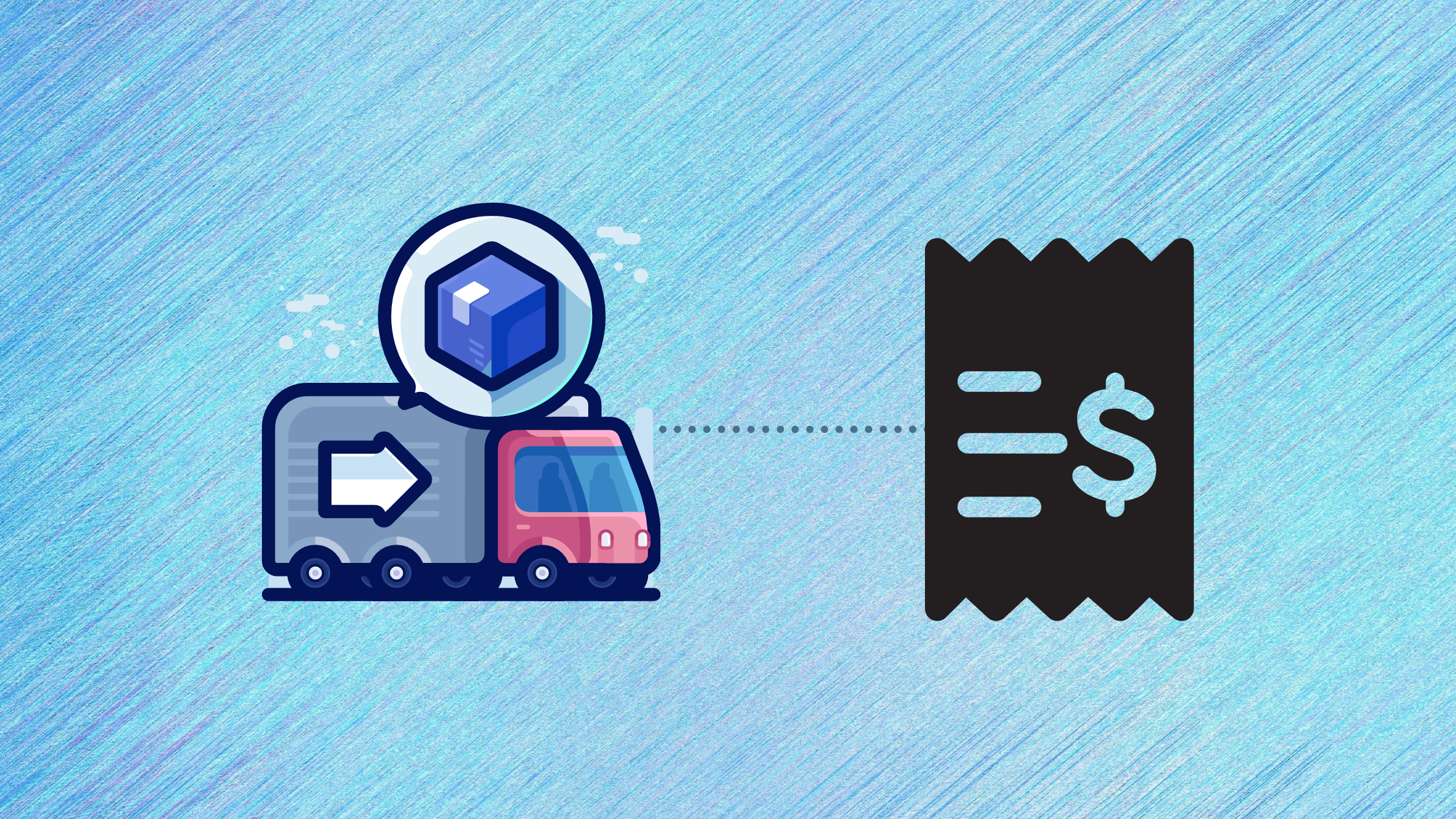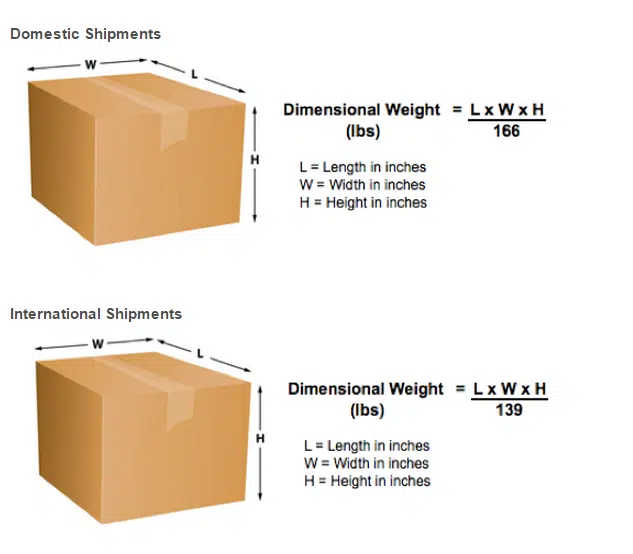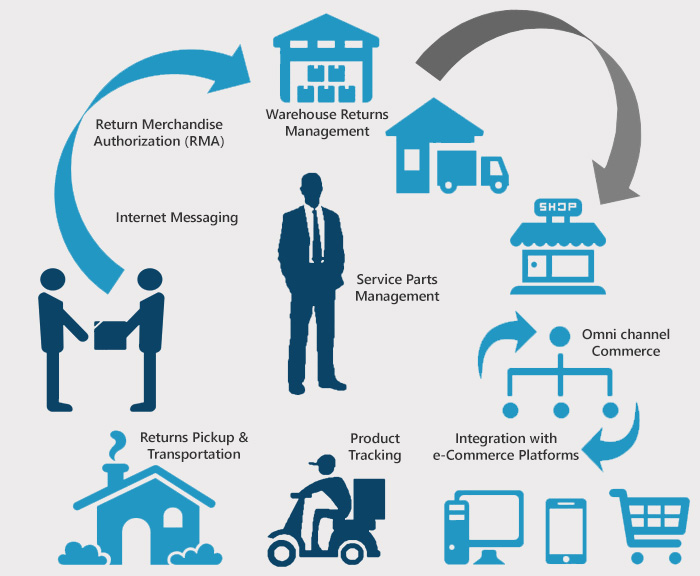Are you struggling to get your ecommerce copywriting sales-ready?
It can be overwhelming when trying to create content that not only appeals to potential customers but also helps them convert into paying customers.
The good news is that there are some simple steps you can take in order to give your ecommerce copywriting the best chance of success.
Let’s explore how you can fine-tune and optimize your ecommerce small business shipping for maximum conversions and higher sales.
Read on for our top tips and tricks.
Small Business Shipping In 2024: Shipping Cost 101

Shipping costs are an essential part of any product-based business.
Understanding the various types of shipping costs and how they impact your bottom line can help ensure that you’re making smart decisions when it comes to managing your business.
This article provides an overview of the different types of shipping costs and tips for controlling them.
The primary type of shipping cost is the actual cost associated with physically getting the goods from one place to another.
This can range from using traditional carrier services like FedEx or UPS to specialist services such as air cargo or sea freight.
The cost of these services depends on various factors, including the distance between origin and destination, the weight and size of the goods, delivery timeframes, and other special requirements.
Another common type of shipping cost is administrative fees—these are charges that the carrier may include depending on their specific terms and conditions.
These fees can include paperwork processing fees, customs clearance fees, delivery surcharges, fuel surcharges, and more.
It’s important to understand which fees might be included in your invoice when selecting a carrier service.
Beyond just physical or administrative costs, other shipping-related expenses should be considered when planning shipments—these include packaging materials (boxes, bags, etc.).
Insurance coverage for goods in transit, pick-up/delivery charges at either end and labels/documentation are needed for customs declaration (if applicable).
Finally, some companies may also opt to use third-party logistics (3PL) providers who will manage all aspects of shipment planning on behalf of their customers—this includes everything from route optimization to inventory management.
Of course, this option is often more expensive than simply arranging direct shipments with carriers yourself.
Still, it can provide a valuable level of insight into exactly what’s going on with any given shipment at any given time.
This is highly valued by companies in certain industries that need greater visibility into their supply chain operations.
Overall, understanding your different types of shipping costs is key to operating a profitable business model; neglecting certain aspects could mean paying too much for certain services while failing to take advantage of cheaper alternatives.
As such, it pays to invest in knowledge around these areas so you’re better prepared should your needs change over time.
Dimension and Weight:

Dimension and weight are two concepts that have played an important role in describing physical objects for centuries.
While these two terms are often used interchangeably, there are, in fact, very distinct differences between them.
A dimension is a physical measure of an object’s size or shape. It can be either linear (length) or angular (width and height). Dimensions are usually denoted by numerical values such as centimetres (cm) or inches (in).
Length is the most common measure, but width, depth, and circumference can also be measured depending on the object.
For instance, when measuring a rectangular box, four sides need to be taken into account: length, width, depth and circumference.
Meanwhile, weight refers to the amount of mass an object has. Weight is usually expressed in kilograms (kg) or pounds (lbs).
Mass is a fundamental measurement related to gravity and inertia because it indicates the quantity of matter present in an object.
Unlike dimensions, which depend on the shape of the object, weight remains constant regardless of its form – even if it gets bigger, its weight will not change significantly since mass does not depend on shape.
When considering both concepts together for a given object, dimension and weight can provide valuable information about how much material is needed to produce that item as well as how much effort would be required to move it around.
For example, imagine trying to lift up a heavy box. Knowing its exact dimensions may give you an idea of what size container could hold it safely.
Knowing its weight will tell you exactly how much effort it would take to move it from place to place without straining your body unnecessarily.
In order to accurately measure any object’s dimension and weight one needs precise tools such as calipers which can measure with very high accuracy down to fractions of millimeters; scales for weighing.
Special instruments like spring balances, which use springs instead of weights to measure the force applied to them, are also useful.
This type of instrument is particularly useful for measuring small objects that require precise weighing, such as coins or gems.
In the end, understanding the difference between dimension and weight plays an important role in dealing with physical objects – whether they’re being produced or transported.
It allows us to make better decisions based on more precise information about their exact size and amount of matter present within them.
Managing Returns:

Managing returns can be a major challenge for businesses of all sizes.
It is important to have a plan in place that outlines the different processes for handling returns and ensuring customer satisfaction.
With an effective strategy, businesses can create an efficient system that minimizes costs and maximizes customer loyalty.
One key element of managing returns is having a clear policy in place.
This should include details on how the return process works, what items are eligible for return, and how quickly customers should expect to receive their refund or replacement item.
Customers should also be aware of any fees associated with returning items and any restocking fees that may apply.
Additionally, customers must understand when items must be returned within a certain time frame in order to get a refund or replacement item.
All of this information should be made available on the business website so customers are aware of the conditions before they choose to purchase something from the business.
Businesses should also track returns thoroughly, which means documenting each step of the process, such as when the item was received back by the company, whether it was accepted as a return, and what type of resolution was offered.
Tracking returns helps businesses identify trends so they can prevent them from happening again in the future.
For example, if there are too many refunds due to damaged products, then this could indicate an issue with packaging or shipping methods that need to be addressed immediately.
Developing automated systems for tracking returns can help streamline this process and make it easier to keep track of customer interactions related to returning items.
Another important aspect of managing returns is offering excellent customer service throughout the entire process.
As part of this, consider creating separate customer service teams specifically dedicated to handling returns as well as providing answers about product warranties and other relevant information when necessary.
Having someone available who understands all aspects of your return policy will make it easier for customers who are struggling with returning an item or seeking more information about their options for resolution.
Overall, managing returns efficiently requires careful planning and consideration on behalf of the business.
It is essential to have clear policies in place outlining what items can be returned and when they need to be returned.
Additionally, each return must be tracked so potential issues can be identified quickly and addressed appropriately.
Businesses also need good customer service teams that are knowledgeable about product warranties and related topics so customers feel supported throughout their experience.
With these steps in place, businesses can effectively manage their returns while keeping costs low and customer loyalty high.
How Much Should I Charge My Customers for Shipping?

When it comes to running an online business, shipping costs can make or break your profitability.
If you charge too much for shipping, customers may be unwilling to pay and leave your site without making a purchase.
On the other hand, if you don’t charge enough for shipping, you could lose money. So, how do you decide how much to charge for shipping?
First, consider your overhead costs associated with shipping.
You’ll need to factor in packaging materials such as boxes, tape and labels, as well as personnel costs if you have staff members handling fulfilment and delivery.
Additionally, it would be best to research what courier services or freight companies charge to ship both domestically and internationally.
Get quotes from multiple carriers so that you can compare rates and determine which one offers the best value.
Once you have these numbers jotted down, add them together to get an idea of your base cost.
Next, determine if any additional fees need to be factored in when calculating your shipping charges.
Depending on where packages are being sent, common fees include fuel surcharges, residential delivery fees, and extended area surcharges.
Include these costs in your total shipping cost so that you can create an accurate price tag for customers.
You may also want to consider the size and weight of items being shipped when determining the final price that customers pay for delivery of their order.
Heavier items tend to cost more than lighter ones because they require more material input (such as packaging) or require additional labour during the packing and shipment process.
It’s also important to consider any special requests made by customers, such as expedited or overnight delivery options.
These may incur extra charges, which the customer should be responsible for covering prior to placing their order with your company.
Finally, consider offering discounted or free shipping on certain orders placed through your website or storefront.
This may tempt customers into making larger purchases, as they are receiving a better deal on their overall order total because they do not have to pay for delivery separately from the product cost.
Discounted/free shipping thresholds vary from brand to brand, depending on what works best financially.
However, it is generally accepted that orders over $50 typically qualify only when using standard non-expedited service options.
When deciding how much customers should pay for shipping through your business, it is important first to calculate all overhead expenses associated with fulfilling orders and then factor in any additional fees.
That applies before arriving at a number that is both fair and contributes to sustaining the long-term profitability of company operations.
Offering discounted/free shipping options above certain purchase amounts may also be beneficial, both attracting new customers and rewarding loyal ones who spend regularly with business something worthwhile.
Quick Links:
- How to Start a Business From Your Blog?
- Maximize Your Success: The Benefits of LMS for Your Business
- Business Ideas with Low Investment in India That Are Most Profitable
Conclusion: Small Business Shipping in 2024
Taking these steps to ensure your ecommerce copywriting is sales-ready can make all the difference in driving conversions, offering a great user experience, and ultimately giving you the best return on investment when it comes to content.
Put yourself in the buyers’ shoes — what do they want to know? What kind of information or visuals do they need?
Speaking directly to their needs and interests will give them confidence in your product or service and create an emotional connection that can lead to higher conversion rates.
Remember, ecommerce copywriting isn’t just about breaking it down into the basics — it’s about finding the right words to craft an engaging story and message for potential customers.
With the help of these tips, you’ll be well on your way to creating content that drives results!
